Where do you put bleach in the washing machine?
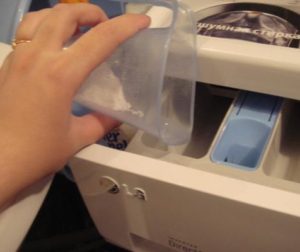 A bleaching agent will help remove stubborn stains and get rid of yellow and gray tints, but only if used correctly. If you pour liquid bleach in an insufficient dosage or into the wrong compartment of the tray, the washing machine will wash out the gel and the clothes will not be washed. In order not to start the machine in vain, you need to figure out which powder receptacle compartment to choose for bleach. We invite you to find out all the nuances and recommendations.
A bleaching agent will help remove stubborn stains and get rid of yellow and gray tints, but only if used correctly. If you pour liquid bleach in an insufficient dosage or into the wrong compartment of the tray, the washing machine will wash out the gel and the clothes will not be washed. In order not to start the machine in vain, you need to figure out which powder receptacle compartment to choose for bleach. We invite you to find out all the nuances and recommendations.
Where will we pour the product?
Everything in the washing machine is thought out, and the tray is no exception. Each compartment is dedicated to a specific type of product or washing stage, and the quality of washing depends on the correct addition of powder. If you mix up the compartments, the result will be disastrous: the things in the drum will remain dirty, as before loading, or clean, but soapy. To prevent this, it is necessary to “get acquainted” with the bunker before starting the machine.
First you need to open the tray and examine it. Typically, on front-loading machines, the dispenser is located in the upper left corner of the case, on machines with vertical loading - under the top cover. As a rule, modern washing machines have three cuvettes: large, medium and small. Their purpose will be indicated by the markings.
- “*”, “Softener” - this is how the central, small compartment of the powder receptacle is marked. It is dedicated for filling additional liquids, conditioners, softeners or antistatic agents. Here the product is taken in only at the rinsing stage, so adding bleach is pointless and dangerous - the substance will not have time to “work” and will remain in the fabric.
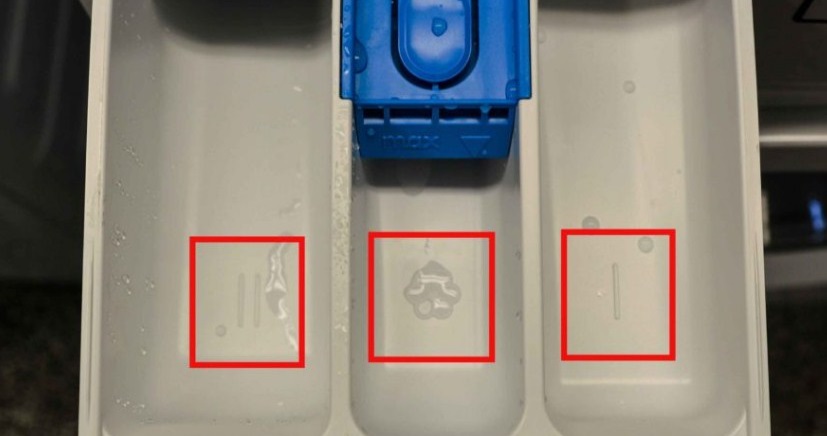
- “A”, “I” is the middle sector, into which only dry compounds are poured and only when the “Soaking” or “Pre-wash” mode is turned on. Liquid bleach is not suitable for this compartment.
- “B”, “II” - the largest compartment of the washing machine tray, into which water flows at the beginning of each cycle. Any cleaning products are poured here: powders, shampoos, gels and stain removers. It is logical that bleach should also be loaded through it.
Bleaching agents are poured into the main cuvette of the powder receiver.
Thus, if the washing machine does not have a separate cuvette for bleach, then the liquid is poured into the largest compartment of the powder receptacle. It is indicated by the icons “B” or “II” and is often located on the left.
Special powder receptacle compartment
The latest models of washing machines are equipped with a separate compartment for bleaches, indicated by a triangle icon. To understand whether your equipment has such a cuvette, you need to study the instructions, find the compartment, pull it out and fill it with white in the required dosage. It is worth paying attention to the “max” mark, which will help you not to overfill the product.
The bleach compartment is marked with a triangle.
You can pour bleach directly into the drum. The main thing is to pre-mix the measured amount of liquid with 3-4 glasses of water so as not to spoil the washing machine tank. You should also be careful with things: you should not splash the product on the fabric - this is detrimental to textiles. It is better to add white to the bottom of the empty cylinder, then rinse off the caustic substance with clean water, and only then load the clothes.
Let's use the Whitening program
Many “advanced” modern washing machines offer the user a special program – “Bleaching”.If there is one, then if you want to wash with chlorine, you should turn on this mode for better results. It's easy to use.
First we erase the main loop. We sort the laundry, group it, and then load it into the drum, add powder to the main cuvette of the tray and activate any suitable mode.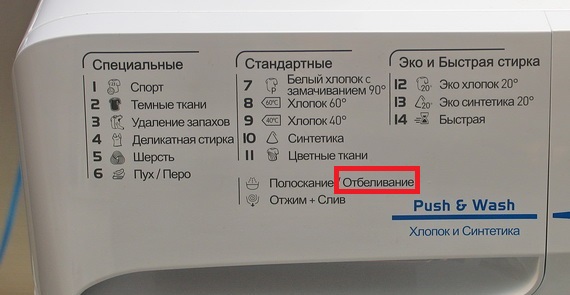
As soon as the cycle is completed, without removing the laundry from the tank, we begin bleaching. Necessary:
- add bleach to a special cuvette (marked with a triangle icon);
- turn on the Whitening program.
The machine will do the rest itself: set the temperature and cycle duration. All that remains is to wait for the end of the program, evaluate the result and, if necessary, repeat the procedure.
Opinions of experienced housewives
Experienced housewives advise not to waste money on bleaches and give preference to folk remedies with a similar effect. Unlike store-bought ones, homemade ones cost pennies, are always available and safe. So, the following methods of whitening things are especially popular:
- soak for half an hour in water, to which 2 tablespoons of ammonia and peroxide were added in advance, and then wash with any bleach;
- leave for 7-8 hours in a paste of sunflower oil, bleach, soda and powder (3 tablespoons each).
After the bleaching procedure, we send the items for a quick wash and evaluate the result. Dirty towels and gray tulle will regain their whiteness, freshness and softness. The main thing is to remember the dosage of bleach and first test the chosen product on the inside of the product.
Interesting:
Reader comments
- Share your opinion - leave a comment

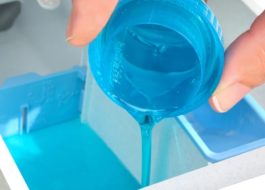
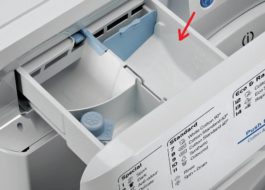
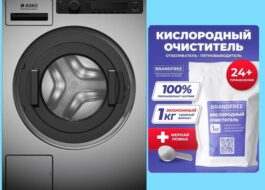

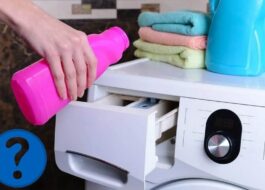















Add a comment